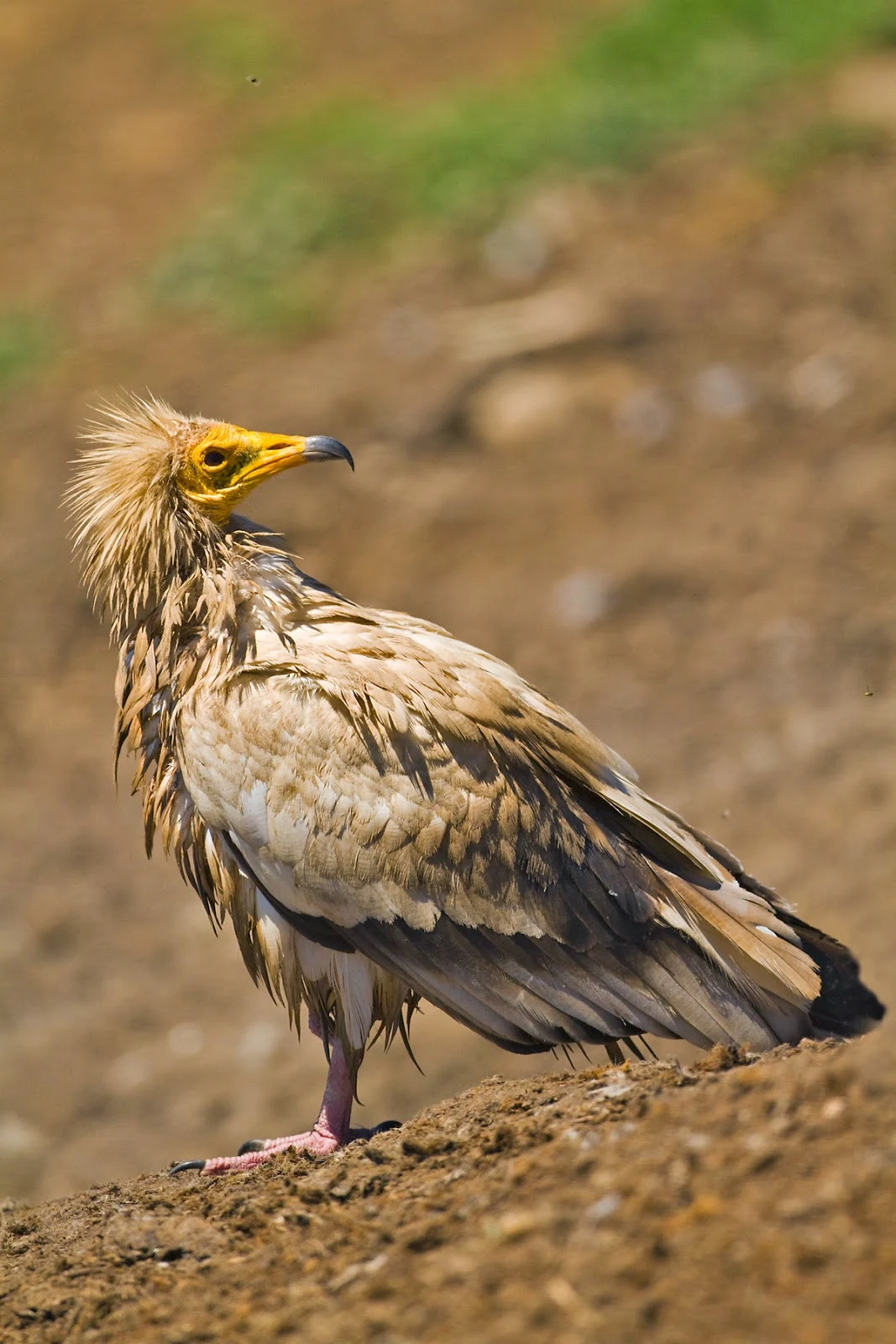 |
| Last of the Blue Tit Fledglings, Peterborough |
Welcome to my Web Site which is a photographic record of my interest in Wildlife, particularly with Birds . Todate my wildlife images have appeared in various books and magazines including, Birdwatch, Birding World, Outdoor Adventure Guide, British Birds, The Birding Year Book, Birdwatching, American Birding Association, Birds Illustrated and Bird Art & Photography and also on numerous Web Sites including those of the RSPB. .
All the images are protected by Copyright, please do not reproduce without prior permission.
The photographs are 'clickable' for greater details.
The 'GALLERY PHOTOGRAPHS' show SELECTED images from this Web page grouped by SPECIES and/or AREAS rather than by date. To access these pages click on 'Peter M Beesley--Wildlife Photography--Gallery'
Thank you for visiting my Web Site.
To continue viewing please click on "OLDER POSTS" at end of each page.
Saturday, May 24, 2014
Wednesday, May 21, 2014
CATALONIA IN SPRING, 2014
The following pages are a photographic representation of a trip to the region of Catalonia in NE Spain focusing on two of the region's most emblematic species; the Lammergeier and the Little Bustard. We initially stayed in the village of Conques for easy access to the Pre Pyrenees where the Vulture species are more abundant transfering to the mediaeval village of Montsonis as a base for exploring the Plains of Lleida which is the easternmost limit of the Little Bustard.
Our visit coincided with a profusion of poppies making the plains a wonderful spectacle.
Although not a birding holiday per se , we managed 70 species including two Western Palearctic lifers.
Our visit coincided with a profusion of poppies making the plains a wonderful spectacle.
Although not a birding holiday per se , we managed 70 species including two Western Palearctic lifers.
Labels:
Catalonia Spring 2014
Egyptian Vulture
 |
| Juvenile |
 |
| Egyptian Vulture, Serra de Boumort, Catalonia Spring 2014 The Egyptian vulture (Neophron percnopterus), also called the white scavenger vulture or pharaoh's chicken, is a small Old World vulture and the only member of the genus Neophron. It is widely distributed; the Egyptian vulture is found from southwestern Europe and northern Africa to India. The contrasting underwing pattern and wedge-shaped tail make it distinctive in flight as it soars in thermals during the warmer parts of the day. Egyptian vultures feed mainly on carrion but are opportunistic and will prey on small mammals, birds, and reptiles. They also feed on the eggs of other birds, breaking larger ones by tossing a large pebble onto them. The use of tools is rare in birds and apart from the use of a pebble as a hammer, Egyptian vultures also use twigs to roll up wool for use in their nest. Egyptian vultures that breed in the temperate regions migrate south in winter while tropical populations are relatively sedentary. Populations of this species have declined in the 20th century and some island populations are endangered by hunting, accidental poisoning, and collision with power lines. |
Labels:
Catalonia Spring 2014,
Egyptian Vulture,
Vulture
Scenes, Catalonia Spring 2014
 |
| Views of the High Pyrenees from our lookout point on the Serra de Boumort National Park, Catalonia Spring 2014 |
Labels:
Catalonia Spring 2014,
Scene
Griffon Vulture
 |
| Grffon Vulture, Serra de Boumort, Catalonia Spring 2014 The Griffon Vulture is 93–122 cm (37–48 in) long with a 2.3–2.8 m (7.5–9.2 ft) wingspan. In the nominate race the males weigh 6.2 to 10.5 kg (14 to 23 lb) and females typically weigh 6.5 to 11.3 kg (14 to 25 lb), while in the Indian subspecies (G. f. fulvescens) the vultures average 7.1 kg (16 lb). Extreme adult weights have been reported from 4.5 to 15 kg (9.9 to 33.1 lb), the latter likely a weight attained in captivity.[2][3] Hatched naked, it is a typical Old World vulture in appearance, with a very white head, very broad wings and short tail feathers. It has a white neck ruff and yellow bill. The buff body and wing coverts contrast with the dark flight feathers. |
A Short video of Griffon Vultures desending from the Mountain ridges to feed.
PLEASE CLICK ON ''OLDER POSTS'' FOR MORE IMAGES
Labels:
Catalonia Spring 2014,
Griffon Vulture,
Vulture
Subscribe to:
Posts (Atom)













































